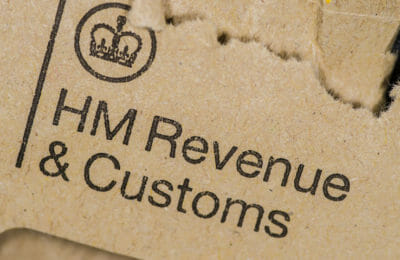IR35 ‘off-payroll’ working rules have been in the spotlight over recent years. When the original rules were introduced in 2000, the idea was to identify ‘disguised employees’ who worked as contractors via personal service companies for tax reasons. At the outset, it was the contractor’s responsibility to determine their employment status for tax purposes. Then reforms in 2017 and 2021 shifted this responsibility to public and private sector hiring organisations respectively. Even though there was a short-lived attempt to scrap this reform in the ill-fated 2022 Mini Budget, it didn’t happen. This means, to avoid penalties, it’s essential for hiring organisations to undertake proper IR35 checks on contractors.
What’s the purpose of IR35?
A person’s IR35 status determines whether they are an employee or a contractor. If they are in fact an employee, they’ll generally pay more tax than they would as a contractor. IR35 is designed to work out whether someone is really a contractor or a ‘disguised employee’.
To qualify as a contractor, you need to have freedom over how and when you complete your work. You should be free to send a substitute to do your work and there should be no obligation for the hiring organisation to offer it to you. You should be free to work for other clients at the same time and you should not become ‘part and parcel’ of the contracting organisation, such as by having people reporting to you.
There are other criteria to determine whether someone is ‘inside’ or ‘outside’ IR35. As you can see from the government guidance, they can get quite complex.
The importance of IR35 checks
Now that it’s the responsibility of hiring organisation to determine on- or off-payroll status, it’s vital to undertake thorough IR35 checks. Fail to do so and you can be hit by some serious penalties. If HMRC investigates and decides you’ve got the IR35 status wrong, you’ll have to pay all of the unpaid tax and NI contributions. If HMRC decides you’ve been careless, you’ll have to pay an additional 30% of the unpaid tax. Worse, if you knew the status was wrong and didn’t act, you’ll be liable for 70%. Finally, if you actively concealed the employment status, you’ll pay a 100% penalty.
IR35 checks – easy to get wrong
Getting IR35 right isn’t easy, as even major organisations have found to their cost. UK Research and Innovation (UKRI) – the parent body of Innovate UK – got hit with at £36 million bill for incorrect classification. HS2 – the body responsible for the UK’s new high speed rail network – had to put aside £9.5 million. Even the NHS had to shell out £3.95 million.
As you can see, incorrect IR35 checks can soon get very expensive for hiring organisations!
How to do IR35 checks
If you want to make sure that your IR35 checks are accurate, the first thing you should do is use HMRC’s online tool. Called the Check Employment Status for Tax (CEST) tool, it’s a simple way of determining:
- The employment status of an individual
- Whether IR35 rules apply to a contract
- Whether HMRC will consider the individual as employed or self-employed for tax and NI purposes.
What’s particularly helpful about using the tool is that HMRC will stand by all determinations it makes. As long as you give accurate information, HMRC will accept the employment status given by the tool. (We recommend you save the results and keep them for your records).
Is it really that easy?
While the tool is simple to use, there are potential complexities. Special rules can determine employment status for certain workers. These include office cleaners, domestic employment by spouses, partners or close relatives, or people who work as examiners, moderators or invigilators. HMRC advises you consult the Employment Status Manual for special rules before you use the CEST too.
Can you help me determine IR35 status?
Absolutely. If you’d like help determining the IR35 status of your workers, your THP accountant would be delighted to help. We can not only review the evidence you use to support your off-payroll decision making, but we can make sure your payroll is compliant too.
About Jon Pryse-Jones
Since joining THP in 1978, Jon Pryse-Jones has been hands on with every area of the business. Now specialising in strategy, business planning, and marketing, Jon remains at the forefront of the growth and development at THP.
An ideas man, Jon enjoys getting the most out of all situations, “I act as a catalyst for creative people and encourage them to think outside the box,” he says, “and I’m not afraid of being confrontational. It often leads to a better result for THP and its clients.”
Jon’s appreciation for THP extends to his fellow team members and the board. “They really know how to run a successful business,” he says. He’s keen on IT and systems development as critical to success, and he continues to guide THP to be at the cutting edge and effective.
Read More











